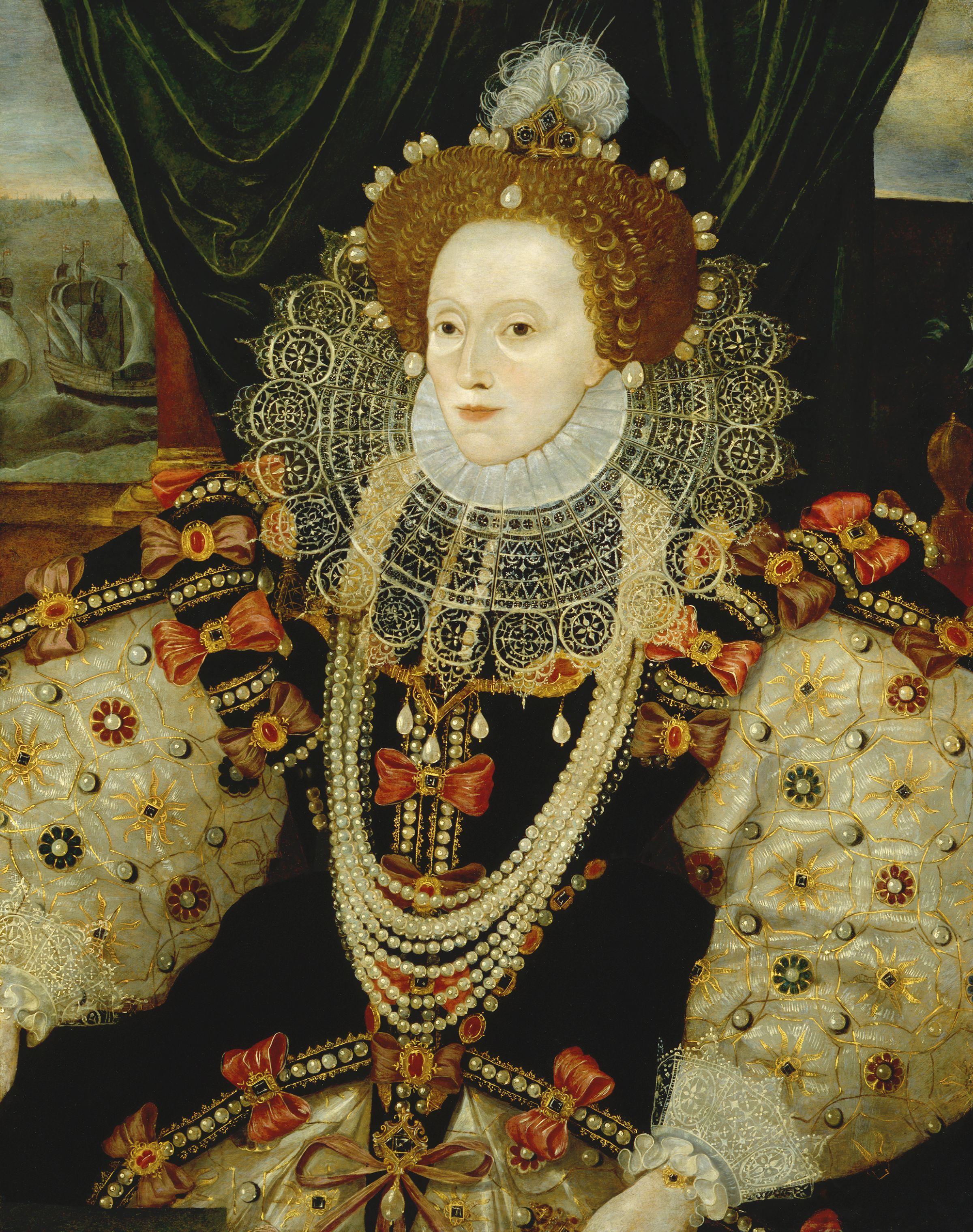
Queen Elizabeth I
When I think of Elizabeth I, Queen of England from 1558 to 1603, I think of a beguiling and Machiavellian woman who, against all odds, led her country to a golden age while battling against the acute disadvantage of being a woman. Even in the United States, we have never had a female president while Elizabeth I managed to become the sole monarch of England without a husband. What I find most extraordinary is that in a time when gender inequality was widely accepted, Elizabeth I was able to control her subjects despite being a woman. To me, Elizabeth I seems to be a symbol of feminism because she became one of the most influential figures of the Western world as an entirely autonomous woman. Elizabeth I has always inspired me and reinforced the idea that women can do anything despite opposition.
However, Elizabeth I would not consider herself a feminist. I recently read Elizabeth’s Women by British historian Tracy Borman which focuses on the women who left indelible marks on the queen throughout her life, and Borman argues that in order to assert her power and political dominance, Elizabeth I was forced to create two personas: one of masculine leadership that suppressed other women and one of feminine grace and allure.
Elizabeth I was determined to remain free from any man who would inevitably usurp her power over England. As Borman notes, “although she shared her male subjects’ views on the inferiority of women, she saw herself as an exception and was determined to stamp her authority upon all aspects of her court and government.” I was extremely disappointed to learn that Elizabeth I was not an open advocate of gender equality because I assumed that she saw herself as a catalyst for the shift from the male dominated monarchy of Europe to a system more accepting of women. In fact, she may have seen herself as an exception because of the unusually extensive education she received which caused her to be viewed as more masculine and adept for politics.
In fact, beyond failing to advocate for women as a gender, Queen Elizabeth was unfeeling towards (and even competitive with) other women. In her meticulously planned court microcosm, no woman could outshine the Queen. Elizabeth felt threatened by other beautiful women and being regarded as more beautiful than the other ladies of the court was a way for Elizabeth to maintain her femininity while immersed in the male dominated world of politics. Although she never intended to marry, the Queen still coveted the lust of men, perhaps to validate her more feminine attributes. The Queen also especially lacked empathy for her ladies when they became pregnant, forcing them to return to court immediately after giving birth and putting their infants under the care of wet nurses and governesses. This may have been out of envy because the unmarried Queen was expected to be a virgin and therefore could never have children of her own.
However, despite her often harsh conduct, one has to feel for the Queen, as she had to lead something of a double life. In order to be a successful monarch, Elizabeth I had to epitomize strength and cunning. However, as a woman, she reclaimed her femininity around the women who served her (who posed little threat to her political stability). Although Elizabeth was stringent with her ladies, they devotedly provided her with the retreat from masculinity that she so sorely needed. As Borman notes, “the separation of her public and private personas was as essential to her authority as queen as it was to her vanity as a woman.”
Although Elizabeth I was not the advocate of feminism that I had previously assumed, she was living proof of the potential power of independent women. While European female monarch were typically marginal political players, Elizabeth took center stage by observing all masculine monarchical obligations while neglecting the feminine obligations of marrying and producing heirs in order to protect her power.
To this day, women who strive to be at the top of their fields often struggle to find time to be traditional homemakers and caretakers. Women often need to emphasize their ability to be dominant and aggressive, which often causes them to be viewed as a “bitch.” But as Tina Fey says: “bitches get stuff done.” Queen Elizabeth led her country to it’s golden age. Women who assert themselves and have no fear of masculinity often rise to the top and still have satisfying family lives that the “virgin queen” craved. Elizabeth had to sacrifice her femininity for control over her country but, luckily, (although it is still difficult) this does not have to be the case in the modern world, in which many women can raise a family, manage their careers and still thrive.

